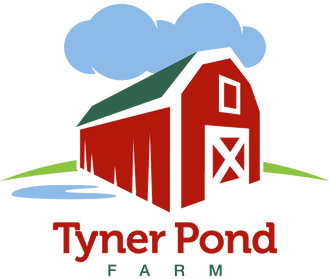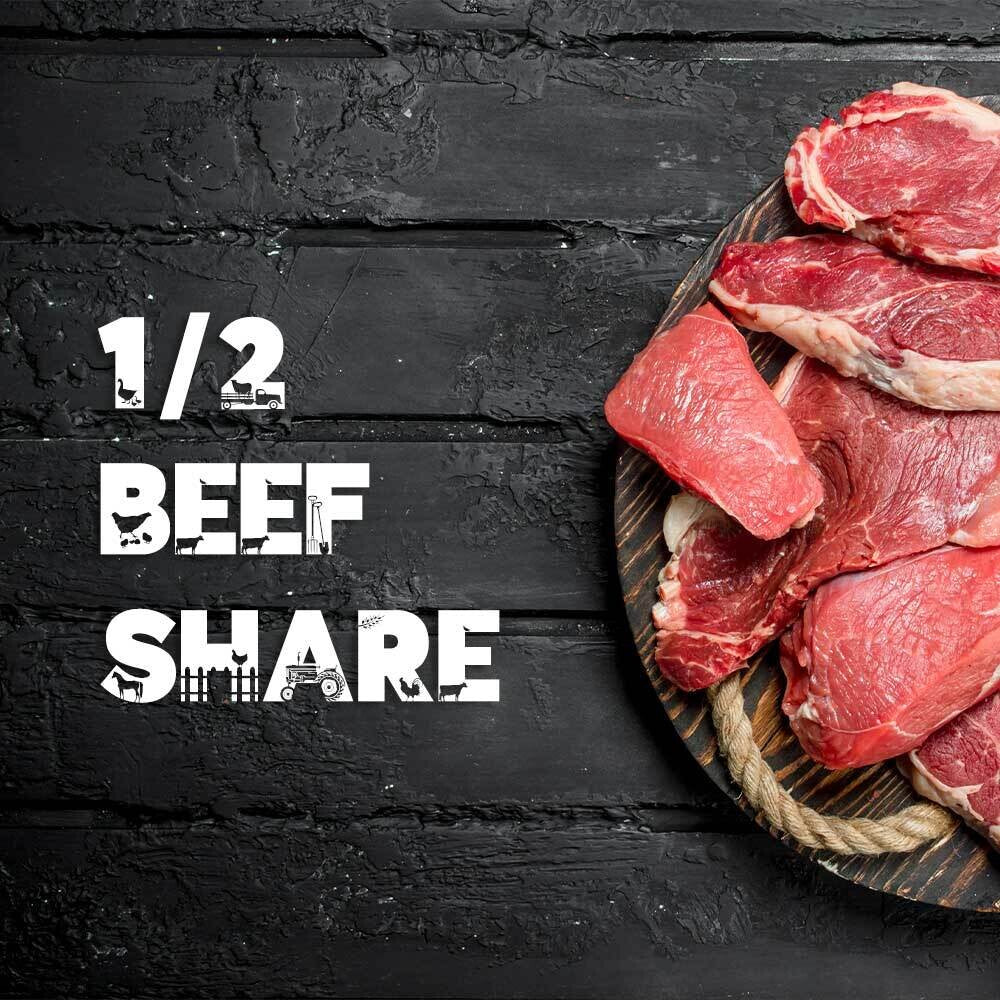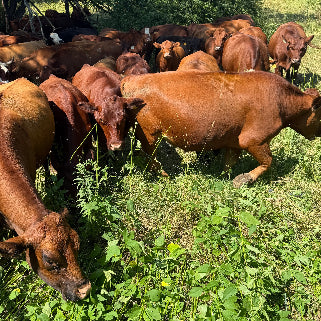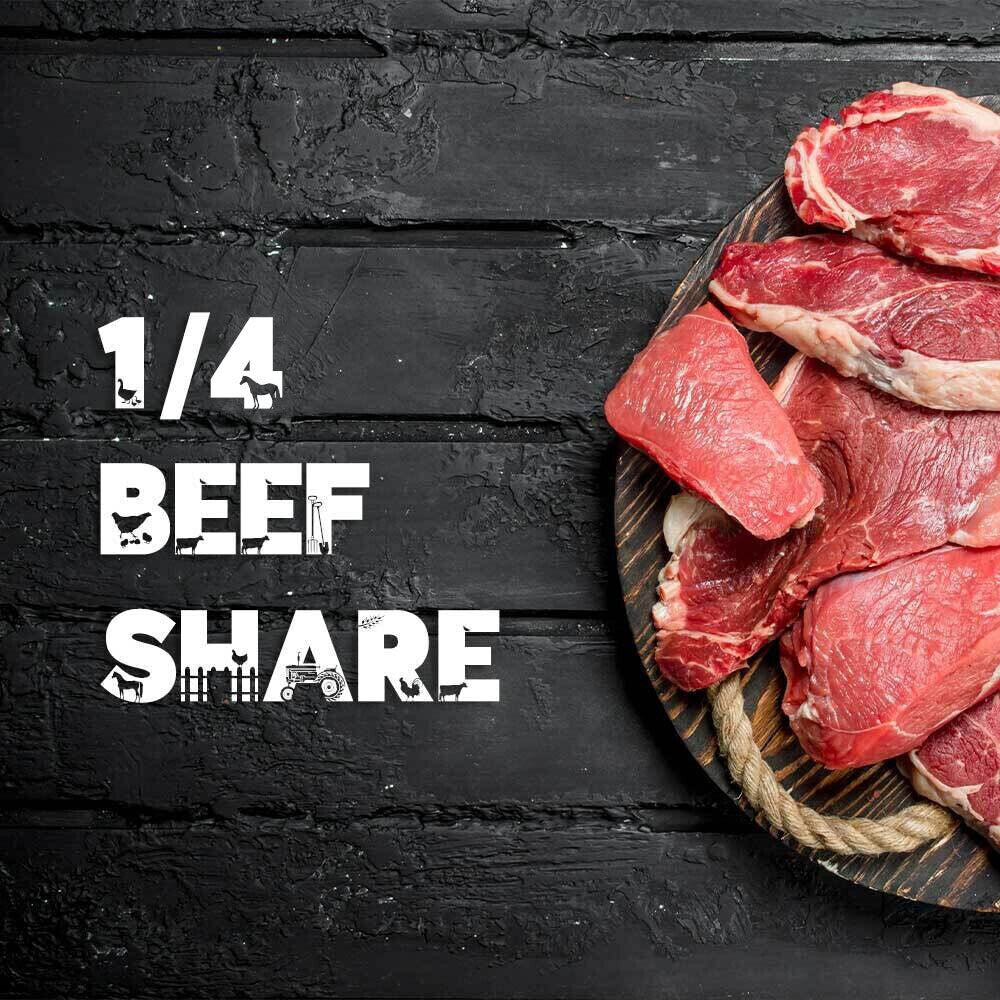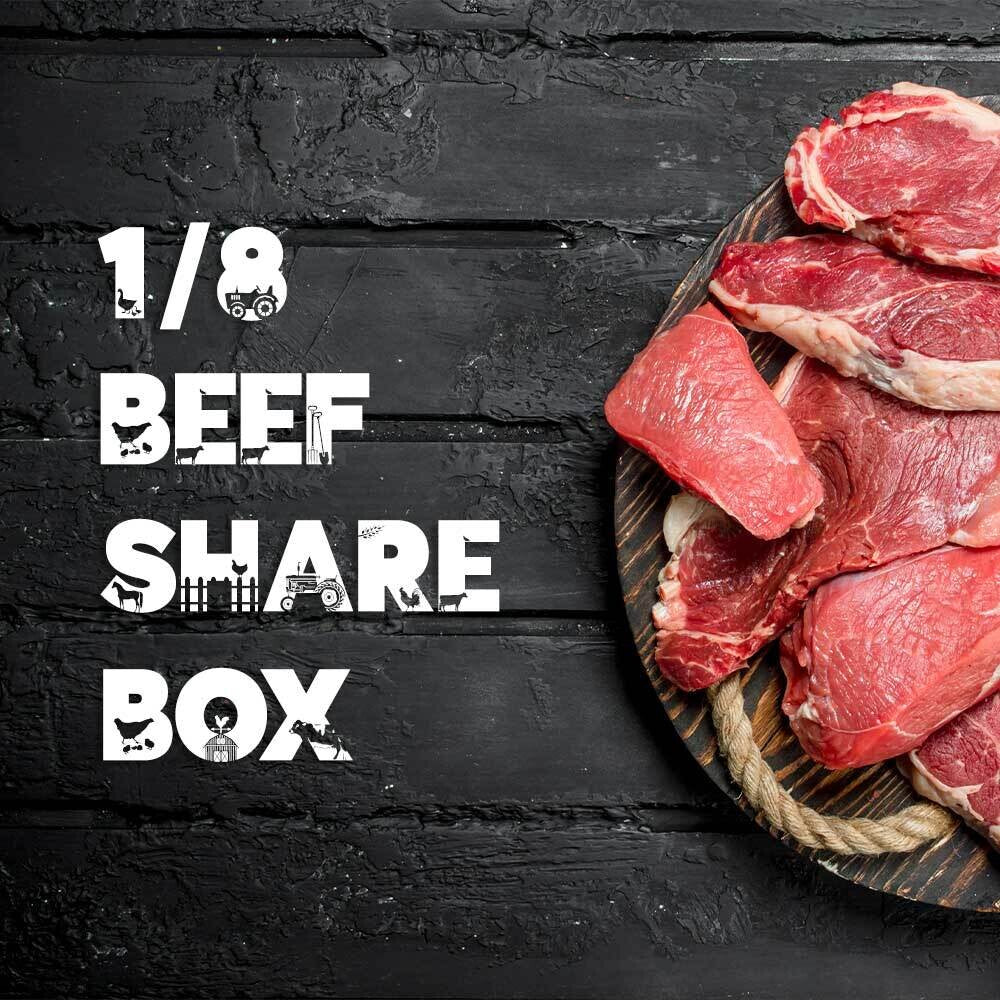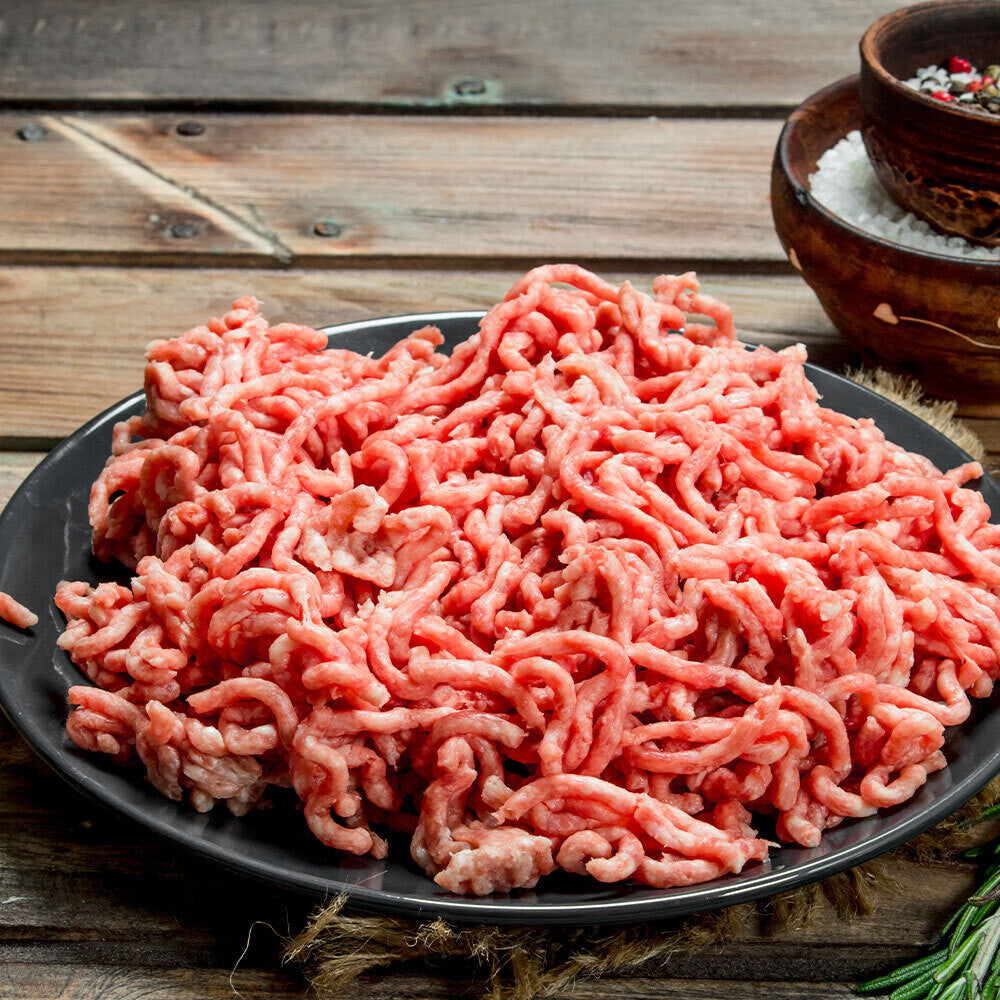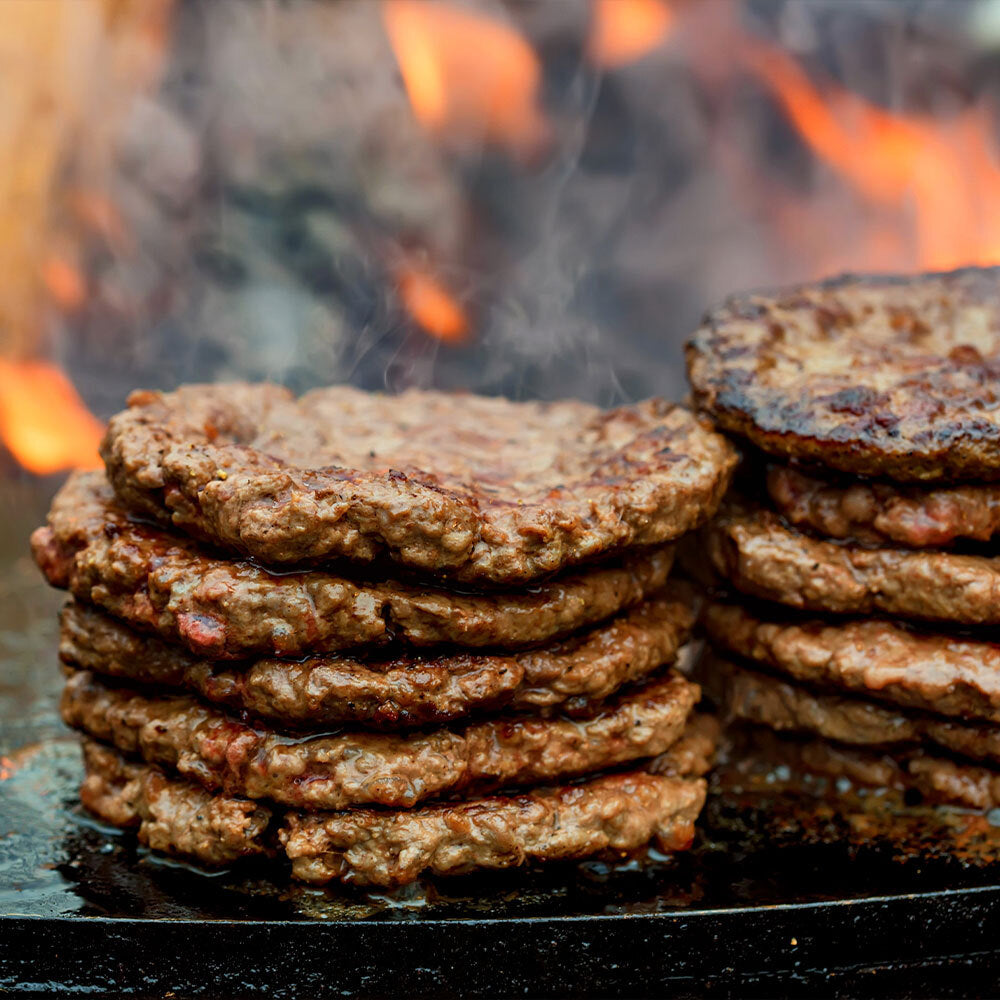
The Truth About Grass Fed Beef (Part 3…The Methane Question)
So obviously, when talking about Grass Fed Beef and the environment, the Elephant in the Room is Methane. There is so much noise about Grass Fed Beefs' role in Climate Change because of the Methane they discharge as part of their digestion as ruminants. A very common search query is: What are the disadvantages of grass-fed beef?
Why we started Tyner Pond Farm
We started Tyner Pond Farm with the goal of being good stewards of the environment, We are Regenerative Farmers and follow the 5 Principles
- Full Time Soil Armor. (Plants and Plant Litter)
- Minimizing Soil Disturbance.
- Continual Living Plant Roots.
- Supporting Plant Diversity.
- Integrating Managed Grazing with Livestock.
We believe in the benefits of grass fed beef as core to our regenerative philosophy, naturally the role of Grass Fed Beef in increased methane is something I want to understand.
So I started Googling.
You can do this too:
Go to Google. You’ll find a ton about how awful Cattle and, grass-fed and finished beef, are. But If you ask specific questions looking for data you get a much different story.
I’m going to share three graphs below and then go deeper to find out what’s really going on…
The above chart is from the International Atomic Energy Agency. They are the people tasked with measuring what’s happening in the atmosphere. As you can see, in spite of an increase in Ruminant Population, Methane levels grew at a much lower rate to the point of actually declining from 2001 - 2010.
The conclusion of this Methane Beef study in 2010 was:
“Currently there is no relationship between increasing ruminant animal population and changes in atmospheric methane concentrations”. (Post Here) Their findings were so conclusive they haven’t looked again. But there is data to be found more recently:
Global Cattle Population Growth
So from the graph above we see that since 2012 the Global Population of cattle has been basically flat…

But the level of Methane in the atmosphere has continued to increase since 2010?
What is this telling us? The same thing the The International Atomic Energy Agency found back in 2010: “Currently there is no relationship between increasing ruminant animal population and changes in atmospheric methane concentrations”
I’m not looking for any conspiracy theories here. I’m not going to get into the motives behind the Cattle-Methane link. There is a correlation to the rise of Fracking and the rise of Atmospheric Methane.
I benefit from our country’s energy independence and don’t know enough about the pros and cons of fracking to enter any kind of debate on the subject. I appreciate electricity and the natural gas that brings it to me.
My only point here is to defend my business of growing local grass fed beef. I’m convinced that cattle are not the problem they have been made out to be. In my next post we will dig deeper into the different kinds of Methane, the role of Grass Fed Beefs' diet in methane emissions, and more on why Holistically Managed Grassfed Beef is not the cause of Methane increases.
Read Part 1 and Part 2 of our take on Cattle and the Environment Here...
My Grass Fed Beef Conclusion:
I am doing Regenerative Farming because I believe unflinchingly that Holistically Managed Grassfed Beef is the only way to restore the environment on every level.
I unflinchingly believe that if consumers really want to have an impact on the negative things going on in the environment, (from Gulf dead zones, Sea Turtles, Carbon Sequestration, Insect and Bird Population Decline, Water Infiltration and Desertification or Rural Communities) the simple act of purchasing Locally Produced Holistically Managed Grass Fed Beef can truly change the world. You can buy our grass-fed beef online:
